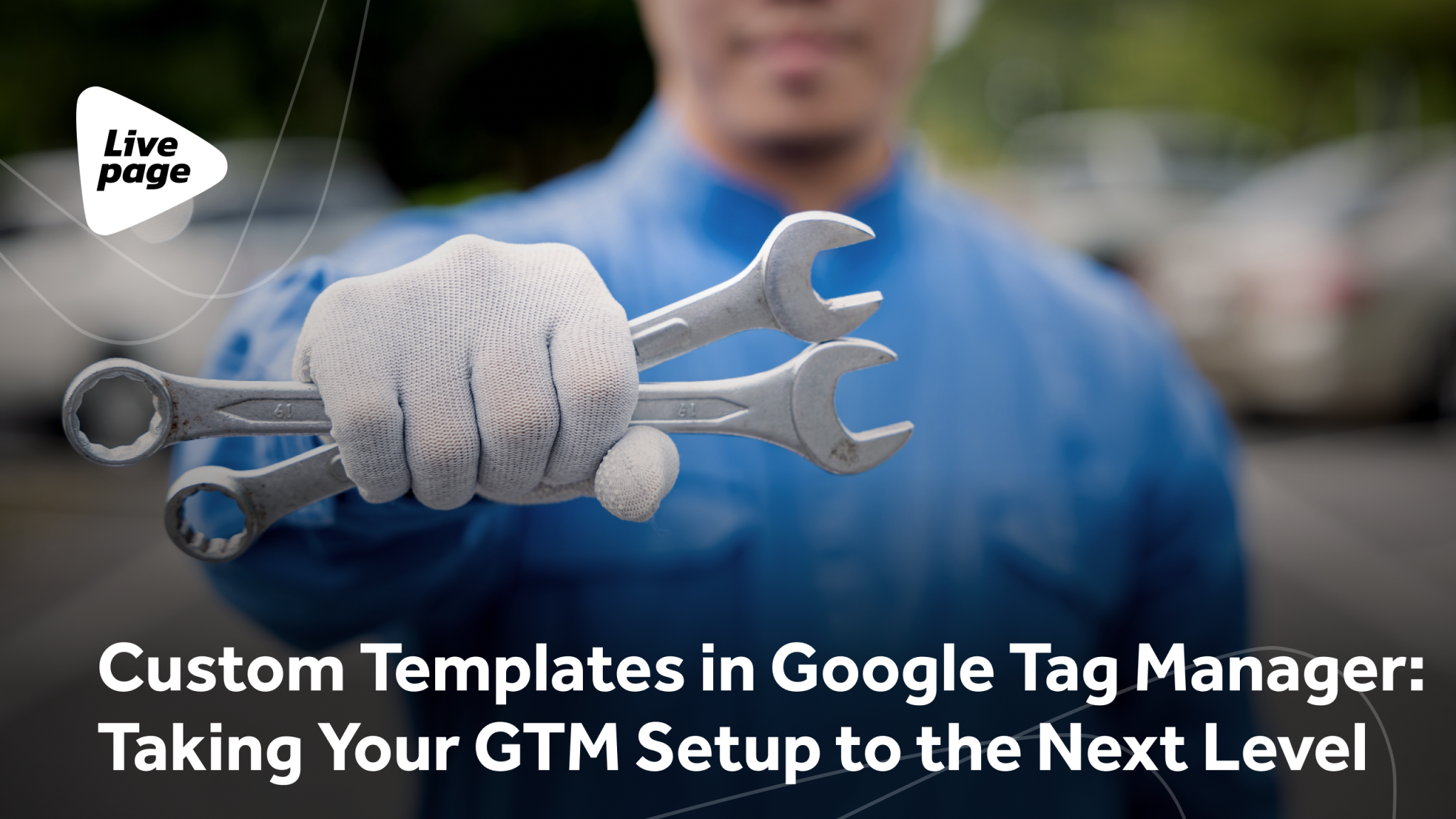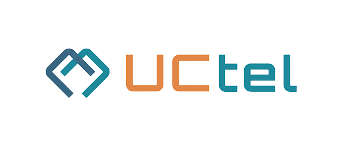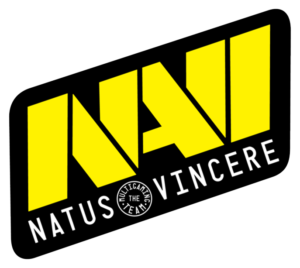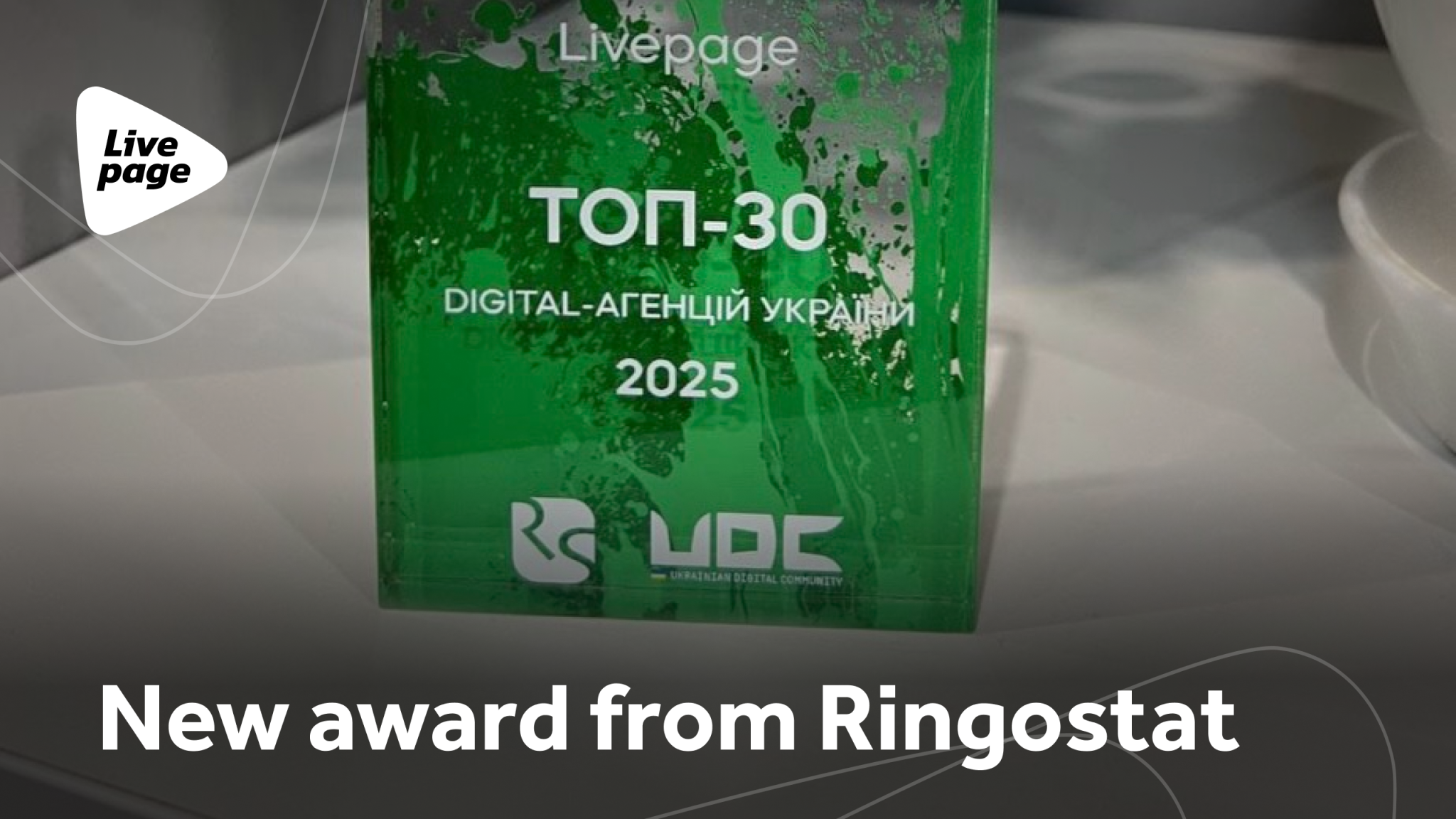
Best Google Ads Bidding Strategies: Cases for Using Each One
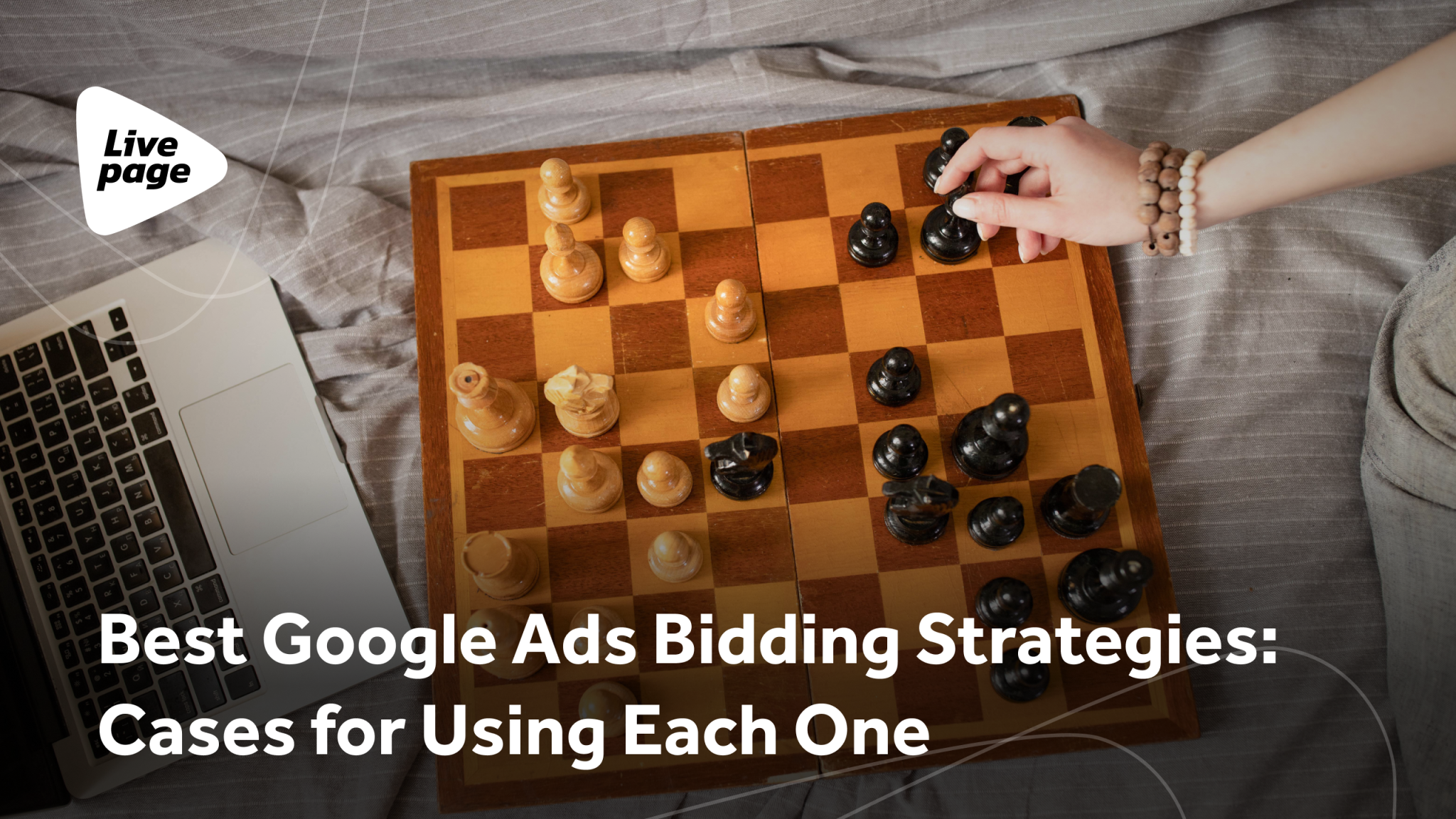
Google Ads has come a long way from manual management to automated bidding strategies. However, if you choose the wrong strategy, you might not get the results you expect. So, clearly defining your goals is crucial before launching your ad campaign. Thanks to this guide to Google Ads bidding strategies, you’ll explore all the available techniques for search campaigns, their pros and cons, and determine which of the Google Ads bidding strategies will work best for you.
What Are Bids in Google Ads?
What are bidding strategies in Google Ads? When you get a Google Ads campaign management services, you need to allocate a budget for your ads. The amount you spend is determined by your bid, which can be set in two ways: manually or automatically.
- Manual bidding: You specify to Google the maximum amount you’re willing to pay for a click on your ad (CPC). This bid can be adjusted based on your marketing performance, which you can monitor in your reports.
- Automated bidding: Instead of setting bids manually, Google Ads automated bidding utilizes rules to adjust your bids. These rules rely on the likelihood of your ads getting clicks or conversions, and they may consider additional data not shown in your reports.
How many bidding strategies are in the Google Ads universe? Let’s dive into each of the different bidding strategies in Google Ads we can use for search campaigns.
Manual Bidding Strategies
1. Manual Cost-Per-Click (CPC) Bidding
Manual CPC is the most basic Google Ads bid strategy. You set the bids manually at the keyword level, and they stay the same until you change them yourself, so this is a cost-effective way.
You have complete control over your expenses, and you won’t pay Google more than you are willing to. This strategy is great when you are starting out and still figuring out the cost of your traffic. It is also handy if you have a limited budget.

Unfortunately, managing this strategy takes more time. You need to analyze performance, decide if a bid requires a keyword adjustment, figure out what to change, and then make those changes. You also need to do this regularly because auction conditions can change quickly. Moreover, you don’t get all the auction insights that come with automated bidding strategies in Google Ads, making it harder to optimize your campaigns.
These disadvantages don’t mean manual bidding is ineffective. However, being aware of them will help you decide if this strategy is right for you.
2. Enhanced Cost-Per-Click (CPC) Bidding
Enhanced CPC is very similar to Manual CPC. Here, you are letting Google Ads’ algorithm adjust the bids you set for keywords.
This can be your first step towards automation, especially if your account runs well and has enough quantitative data. Utilizing Enhanced CPC, Google Ads will increase or decrease your keyword bid in each auction based on how likely a click is to lead to a conversion. You can choose to optimize for either the number of conversions or their value.

Keep an eye on your cost-per-click (CPC) and cost-per-action (CPA) metrics with this strategy.
Enhanced CPC can adjust bids without limits, meaning your costs could skyrocket beyond what is acceptable for your business. The main goal here is to boost conversion chances, but that doesn’t always mean hitting your target CPA. The algorithm tends to raise bids more often than lower them, so monitoring your metrics is crucial to ensure profitability.
Automated Bidding Strategies
1. Maximize Clicks
This is a fully automated bidding strategy. Google aims to get as many clicks as possible within your daily budget. When considering the benefits of leveraging Google Ads smart bidding strategies, this is great if you want to drive more traffic to your site to boost brand awareness, engage more visitors in your blog, and so on.
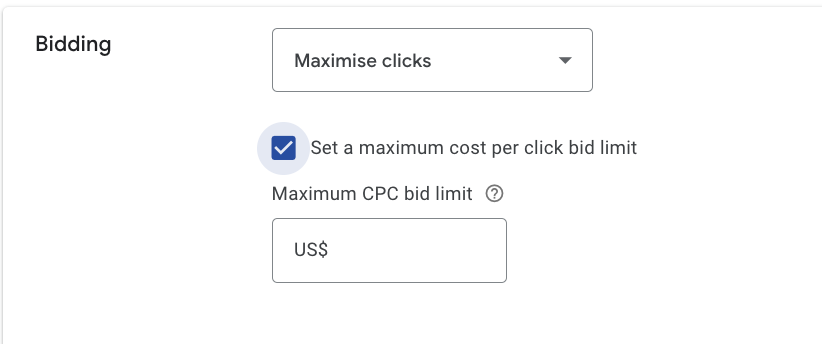
Tips for this clicks bid strategy:
- Set a maximum CPC and monitor the average CPC. Google will try to maximize your campaign’s results. Still, like with the Maximize Conversions strategy, it will also aim to spend your entire daily budget every day, even if clicks are more expensive than usual.
- Check the quality of traffic from these campaigns. Are they completing your desired actions or engaging with your website content? If not, you might need to tweak settings or switch bidding strategies for Google Ads.
2. Maximize Conversions
This strategy is similar to Maximize Clicks but focuses on getting the highest number of conversions possible. Here, Google doesn’t consider individual keyword bids but chooses bids based on auction data to meet your goals. This strategy aims to get as many conversions as possible within your daily budget.

The conversions bid strategy seems simple, but you need to be careful:
- Don’t use this strategy without proper conversion tracking. Google aims to maximize trackable conversions, so if tracking is off, the algorithm won’t learn correctly and won’t find users ready to convert.
- Google will use any bid to get the most conversions, which can raise your average CPC cost as it makes more aggressive bids to meet your conversion goals. Monitor CPC and spending, but also give the campaign time to learn. Results should stabilize after about two weeks.
- Each campaign with the Maximize Conversions strategy needs a separate daily budget. If part of a shared budget, this strategy will spend the whole daily budget.
So, if you want more conversions for less money, Maximize Conversions can be a good choice. But if your budget is tight, you might want to consider another option.
3. Maximize Conversion Value
It is an advanced version of the Maximize Conversions strategy that significantly contributes to the benefits of leveraging Google Ads automated bidding strategies.
While both Google Ads bidding strategies aim for conversions, Maximize Conversion Value seeks to get those that bring the most profit.
In other words, this bidding strategy focuses on the value of conversions, not just the number. You might get fewer conversions, but each will be more profitable compared to other campaigns.

To use this strategy effectively, you need:
- Proper conversion tracking setup. This is crucial for every strategy and campaign because these fundamental data allow campaigns to learn and improve results.
- Assigning values to your target actions. Make sure every important conversion has a designated value. A conversion worth $2,000 is more significant than another one worth $10. Giving Google this information lets it learn better and deliver precious conversions for your business.
4. Target CPA (Maximum Conversions at the Target Cost-Per-Action)
Target CPA used to be a separate Google Ads bid strategy, but now it’s just an option within the Maximize Conversions strategy. With Target CPA, you set a target cost-per-action, and Google adjusts bids to get as many conversions as possible at that price.
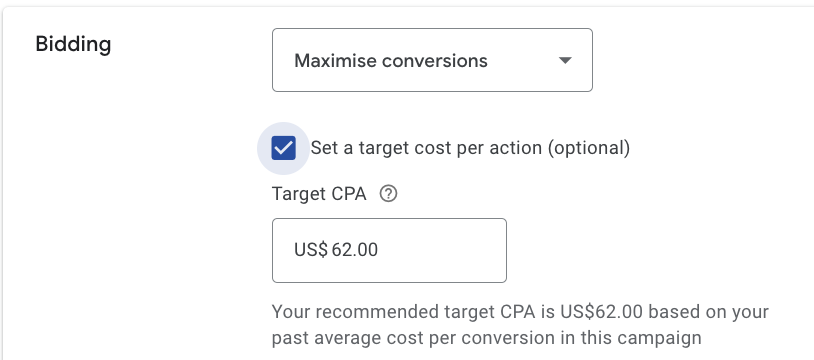
Here are key things to keep in mind when using Target CPA:
- Conversion tracking: You need to have conversion tracking enabled and set up correctly in your account. The strategy is useless without this because it won’t know if conversions are being achieved.
- Data requirements: Google needs a certain amount of conversion data to make informed decisions. If you don’t have enough conversions, the algorithm can’t optimize effectively, and Target CPA won’t work as intended.
- Realistic goals: Start with realistic initial goals. If your average cost-per-action over the last six months was $100, don’t set a target cost-per-action of $50 right away. This would limit Google’s auctions and its ability to learn from them.
Expect a learning phase of two to four weeks when you start with Target CPA. Set your target cost-per-action a bit higher than your recent average, or use Google’s suggested CPA. This lets Google find its footing, after which you can gradually lower the target to your desired level.
5. Target ROAS (Maximize Conversion Value & Target Return on Ad Spend)
Target ROAS is similar to Target CPA but focuses on return on ad spend (ROAS). Like Target CPA, it has been reorganized under the Maximum Conversion Value strategy.
With this type of smart bidding strategies for Google Ads, Google forecasts future conversion values and costs for auctions based on your historical data. It then adjusts bids in real time to maximize conversion value, aiming to achieve the target ROAS you set at the ad group or campaign level. Individual conversions may have higher or lower ROAS than your target, and Google works to balance this over time to meet your target ROAS.
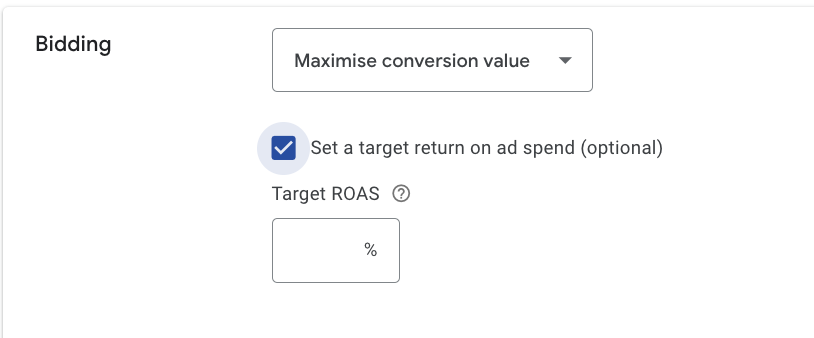
Tips for this strategy:
- The caveats made for Target CPA also apply to Target ROAS. Ensure you have accurate conversion tracking, including tracking conversion value, and enough recent conversion data to use this strategy effectively.
- Don’t set your target ROAS too high right off the bat. Start with a goal slightly below your recent performance and gradually increase it over time for better profitability.
6. Target Impression Share
This way, you can set a target percentage of ad impressions you want to capture, similar to how you set a target cost-per-click for this bidding strategy. It can ensure that your ads appear in the top positions on the search results page, which is valuable for brand campaigns or campaigns targeting competitors. However, keep in mind that opting for this strategy will result in higher CPCs because you will have to pay Google for those top positions.
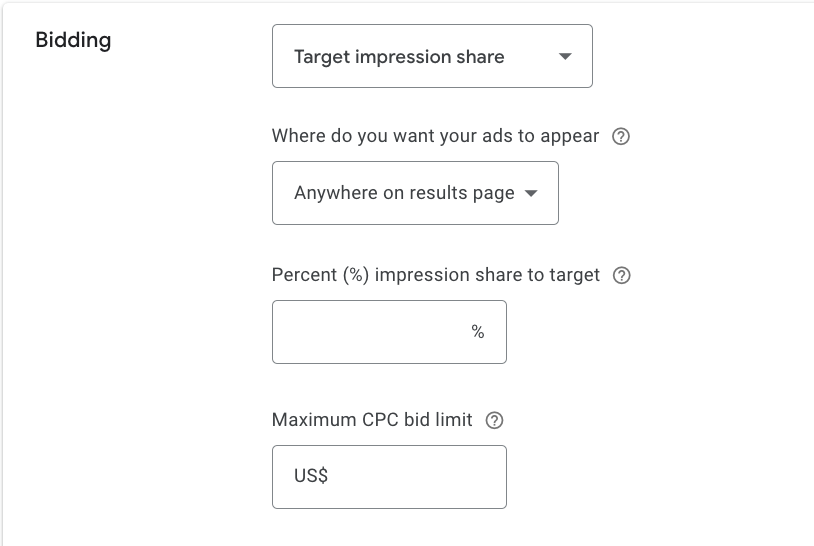
Here are some key points about Target Impression Share:
- Absolute top of the page.
- Top of the page.
- Anywhere on the page.
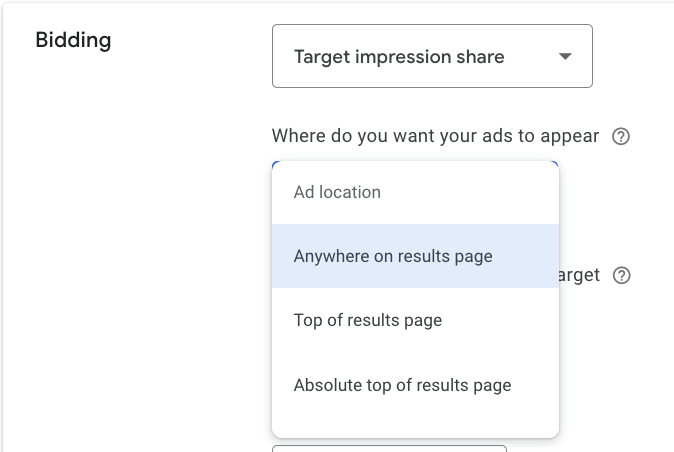
Each option provides Google’s algorithm with different information about your preferences, and it adjusts bids accordingly.
You can set a maximum CPC bid to avoid overspending, but Google advises against setting it too low, as it may reduce effectiveness. When you limit CPC, Google might not guarantee your desired impression share, like 80–90%.
Tips for this strategy:
- Like other types of bidding strategies in Google Ads, Target Impression Share has the potential to increase your bids above profitability levels if not carefully monitored. While it’s focused on raising awareness and reach, there is still a limit to what makes sense financially for your business. Always set bid limits to avoid overspending. While Google warns against this, don’t worry if you set a fairly low bid to get started. Try setting it with a percentage increase of 10–15% from the current rate. If this works, leave this bid unchanged. If you don’t see the desired volume, increase the maximum CPC.
- Very few auctions have 100% coverage. So, even if you set a 100% target, don’t be disappointed if the achievable impression share reaches 95%. Monitor CPC and results to ensure this strategy aligns with your goals.
With Google AdWords audit, we check not only your Google Ads account but also other tools.
We have reviewed the bidding strategies for Google Ads that can be used in search campaigns. Thus, we can draw a few key conclusions that will help you set them up effectively:
- Choose a strategy based on your campaign goals. When you are choosing a bidding strategy, think about what you are trying to achieve. If you are all about getting more conversions, Maximize Conversions and Maximize Conversion Value are the go-tos. On the flip side, if you are aiming to boost your brand’s visibility and recognition, lean towards the Target Impression Share strategy.
- Know the difference between automated and manual strategies. Manual bidding strategies in Google Ads, like Manual CPC, give you full control over your spending but require more time and effort for bid monitoring and adjustment. Automated strategies, like Maximize Clicks or Maximize Conversions, use machine learning to optimize bids, which can make campaign management a breeze, though it might rack up higher costs without proper oversight.
- Remember monitoring and optimization. No matter which strategy you use, keeping tabs on how your campaigns are performing is crucial. Advertisers should regularly check out metrics like cost-per-click (CPC) and cost-per-action (CPA) and adjust their bids or strategy as needed to hit those business goals without breaking the bank.
- Use Google’s tools to amp up ad profitability. Leveraging automated tools and algorithms, like Enhanced CPC or others, can help ramp up your return on ad spend by making more accurate bid forecasts and real-time bid adjustments based on market conditions.
- Be ready to learn and adapt. Digital marketing is a fast-moving game, with algorithms and market conditions constantly shifting. So, anyone using online ads for their business needs to stay ready to keep learning and adapt their strategies based on new trends and technology.
All in all, effective ad campaign management calls for a deep understanding of the types of bidding strategies in Google Ads and their proper application based on your business’s specifics. Consistent monitoring, adaptability, and an innovative approach will help advertisers maximize the effectiveness of their ad investments. This is basically everything you need to know about Google Ads bidding strategies.
And if you need some pro advice and help crafting a winning promotion strategy that amps up your business’s efficiency, contact PPC campaigns experts at Livepage. The proof is in the pudding, so check out our cases to see the best Google Ads bidding strategies in practice.





